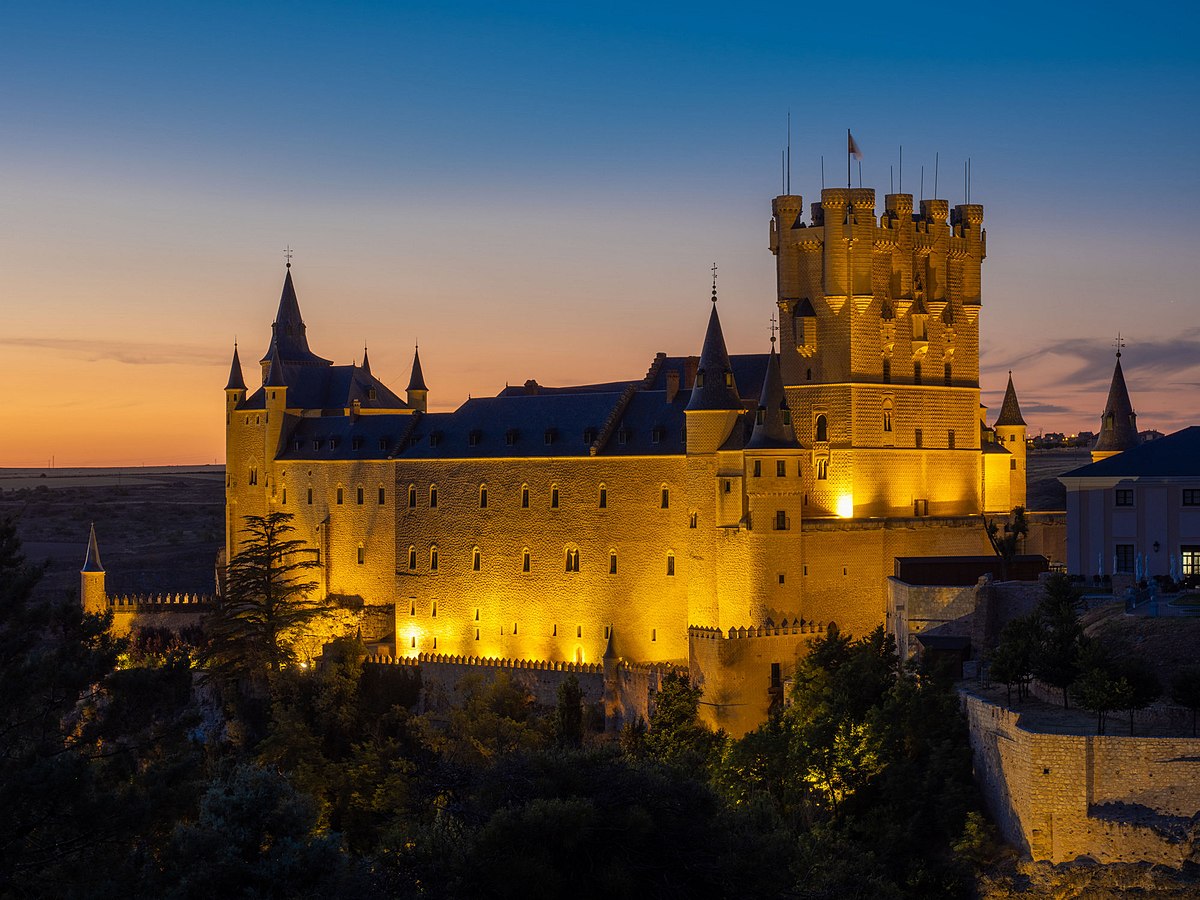Main elements of a medieval castle
Medieval castles were actually not just large fortresses with massive stone walls. These were ingeniously designed fortifications that used many ingenious and creative ways to protect the inhabitants of the castle from attack by enemies. Literally everything – from the outer walls to the shape and location of the stairs – was very carefully planned to provide maximum protection to the inhabitants of the castle. In this review about the little-known secrets hidden in the construction of medieval castles.
Almost every castle was surrounded by a moat filled with water. It is generally accepted that this was an obstacle to the storming troops, however, in fact, this was not the main function of the moat.

Vischering Castle in Germany. The castle consists of an outer defensive courtyard, protective locks, a drawbridge thrown over a moat, the main building and a chapel.
One of the biggest problems for the inhabitants of a medieval castle or fortress was that the invading army could dig tunnels under the fortifications. Not only could the enemy get inside the castle underground, but the tunnels could also lead to the collapse of the castle walls. The ditch prevented this, since the tunnel dug under the ditch inevitably flooded with water and collapsed.
This was a very effective deterrent against tunneling. Often the moat was laid not around the outer wall of the castle, but between the outer and inner walls.
Concentric circles of defense
It was an extremely effective method of defense for the inhabitants of a medieval castle, and looked like a series of obstacles surrounding the castle.
As a rule, such obstacles were (in proportion to the distance from the castle) a scorched and dug field, an outer wall, a moat, an inner wall, a donjon tower. The attacking army had to overcome each of these obstacles in turn. And it took a lot of time and effort.
Main gate
The main gate of the castle was often the most dangerous place of the entire structure, since, if necessary, they could turn into a deadly trap. They often led to a small courtyard, at the other end of which there was also another gate, equipped with an iron descending grate. If the attackers broke through the first gate and found themselves in the yard, then the grate fell, after which the aggressors found themselves in a trap.
At the same time, there were small holes in the walls of the courtyard through which the defenders could shoot from bows and crossbows at the enemy soldiers who were trapped.
Hidden secrets of stairs
Stairwells in medieval castles were actually very elaborate. First, they were almost always helical, very narrow and built clockwise.This meant that it was very difficult for attacking opponents who climbed up the stairs (and one at a time, because the stairs were narrow), because they had a sword in their right hand. And since there was always a wall on the right hand, they had no opportunity to swing. The defenders, on the other hand, had the wall of the spiral staircase on their left hand, so they had more opportunities to swing.

Another original feature of the stairs was that they had uneven steps: some were very high and others were low. The defenders of the castle, being familiar with the local stairs, could quickly climb up and down them, and the attackers often stumbled and fell, exposing themselves to a blow.
Secret passages
Many castles had secret passages that served various purposes. Some of them were made so that the inhabitants of the castle could flee in case of defeat, and also so that during the siege the defenders would not be cut off from food supplies.
Secret passages also led to secret chambers where people could hide, food was stored and (which was quite common) an additional well was dug for water.
Therefore, the medieval castle was much more than just a large glamorous palace with massive stone walls around it. It was a structure designed down to the smallest detail to protect the inhabitants. And each castle was full of its own little secrets.
The Norman Conquest of England led to a boom in castle building, but the process of building a fortress from scratch is far from easy.
